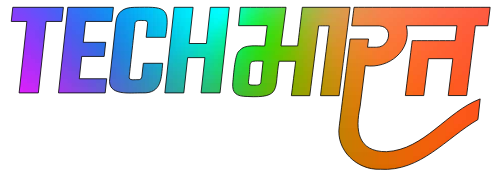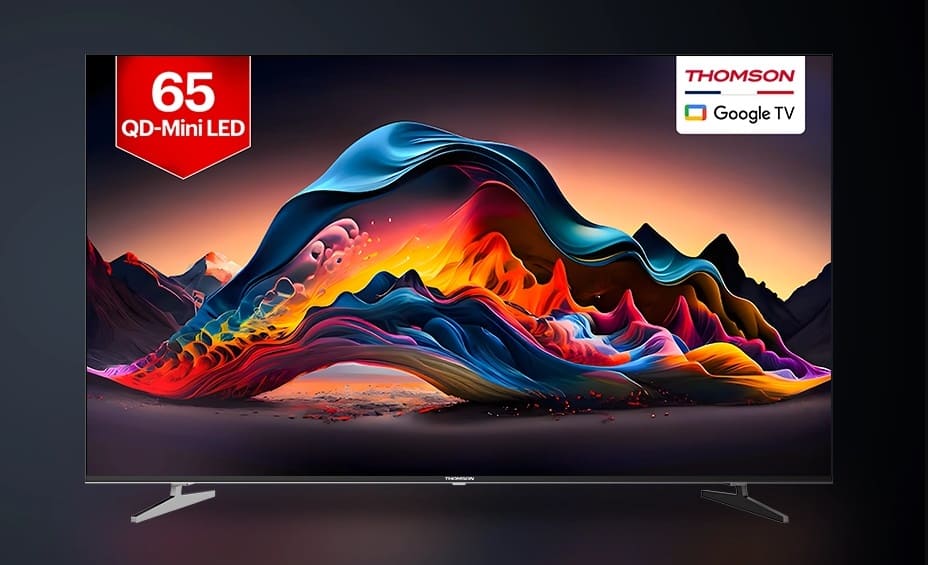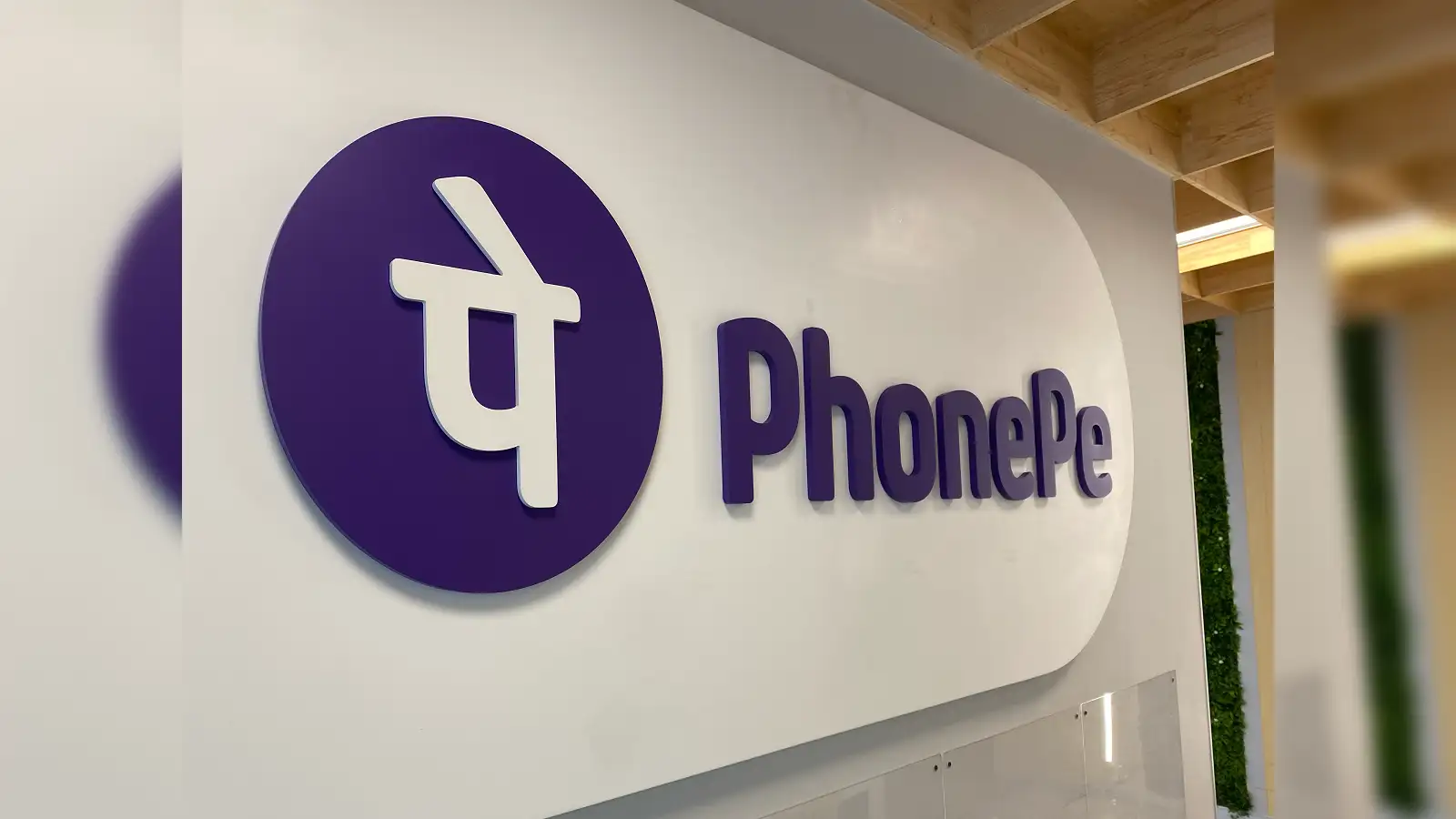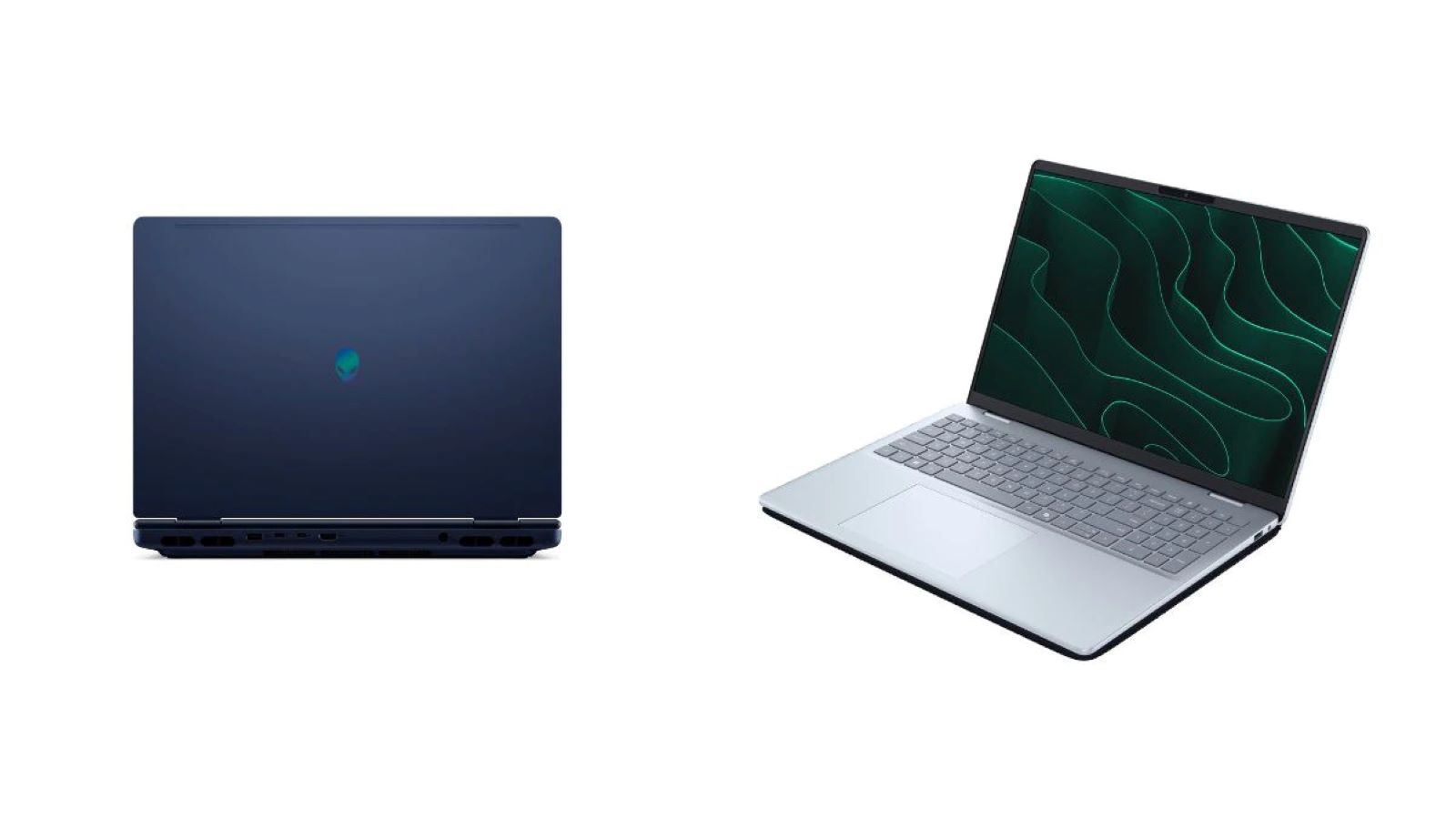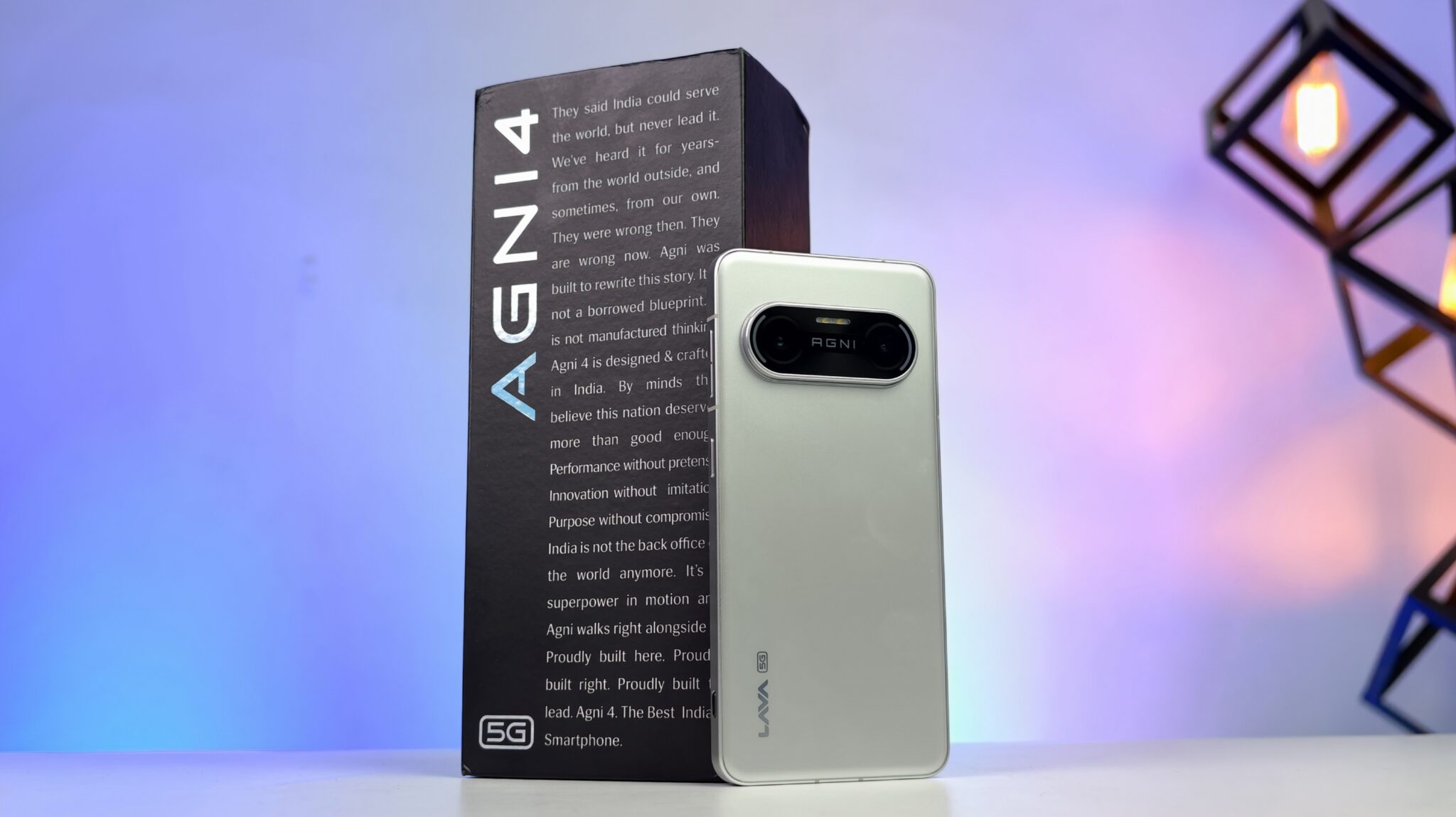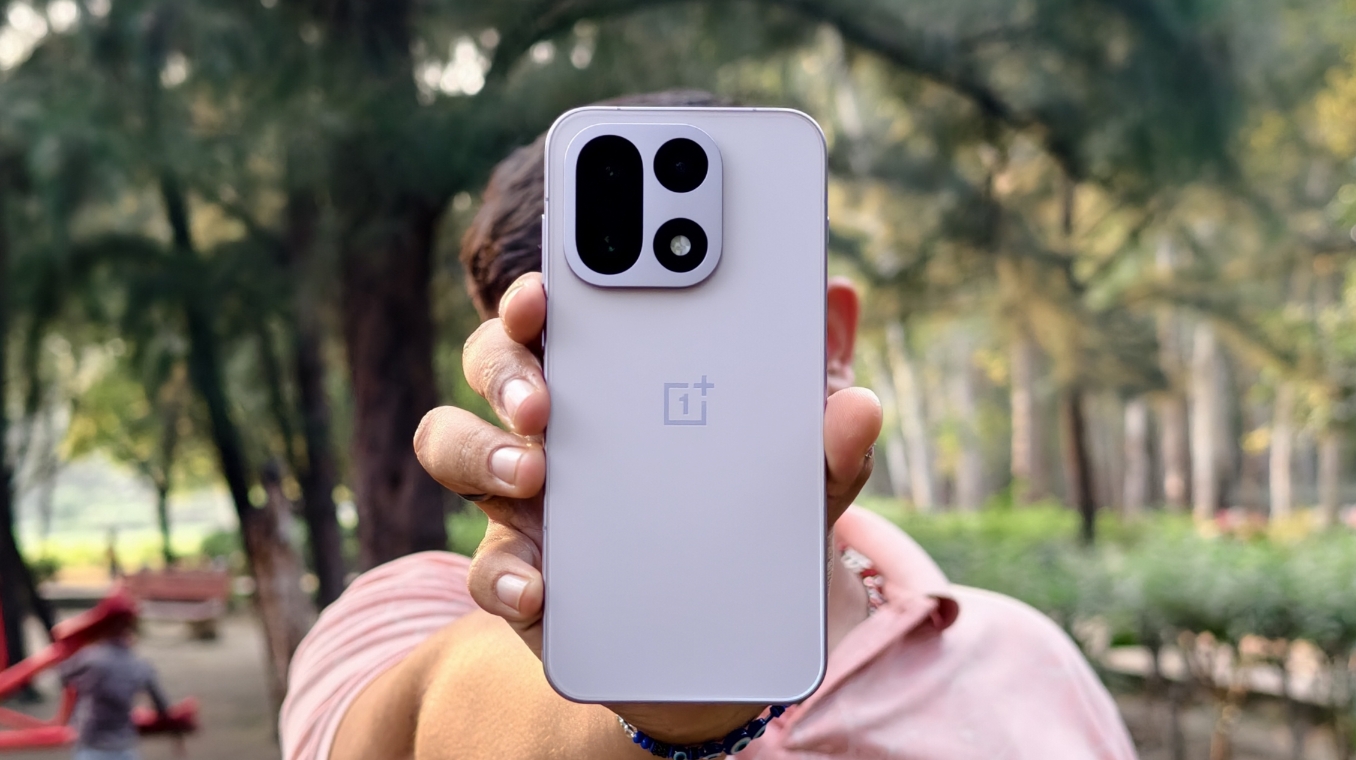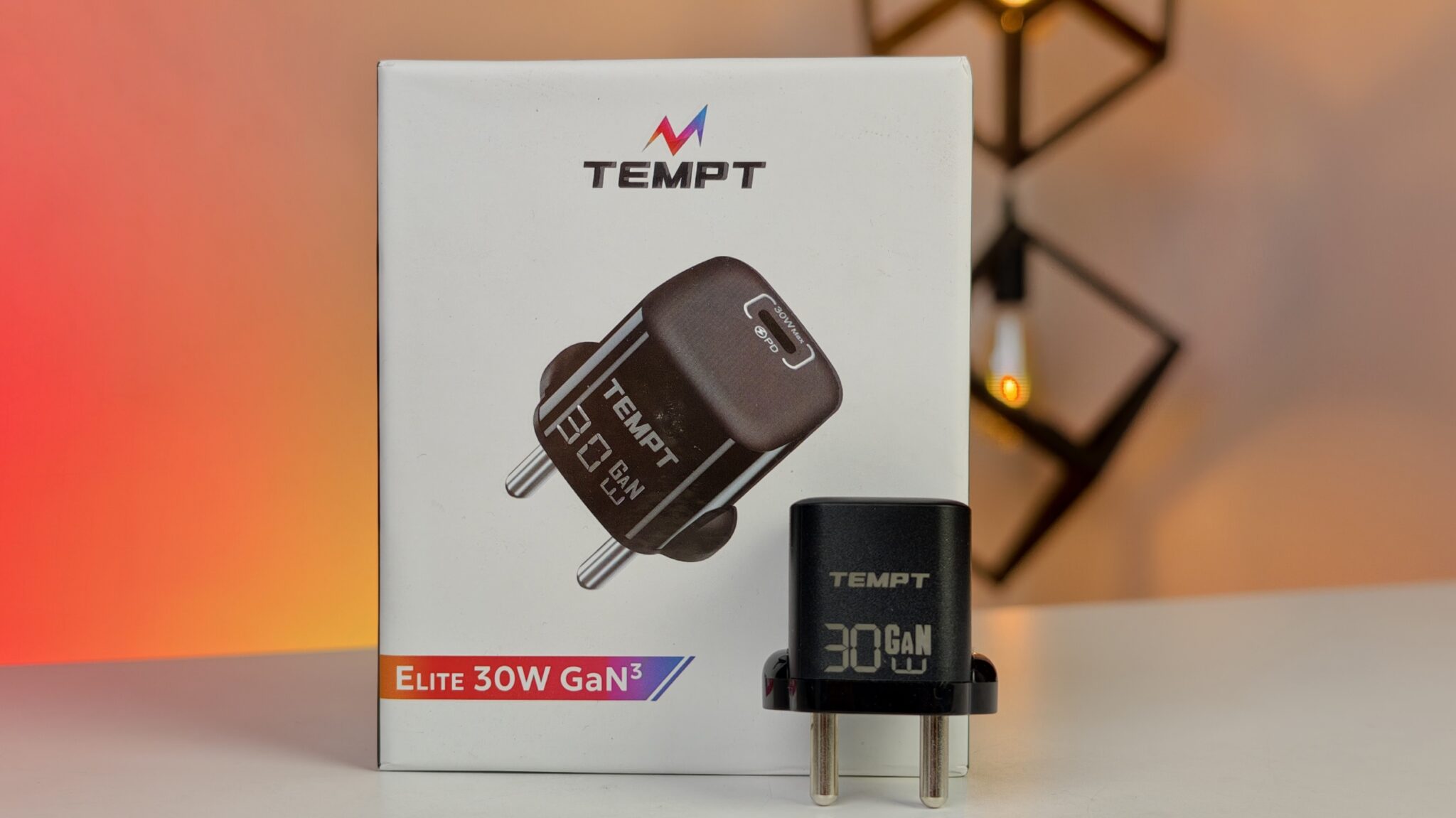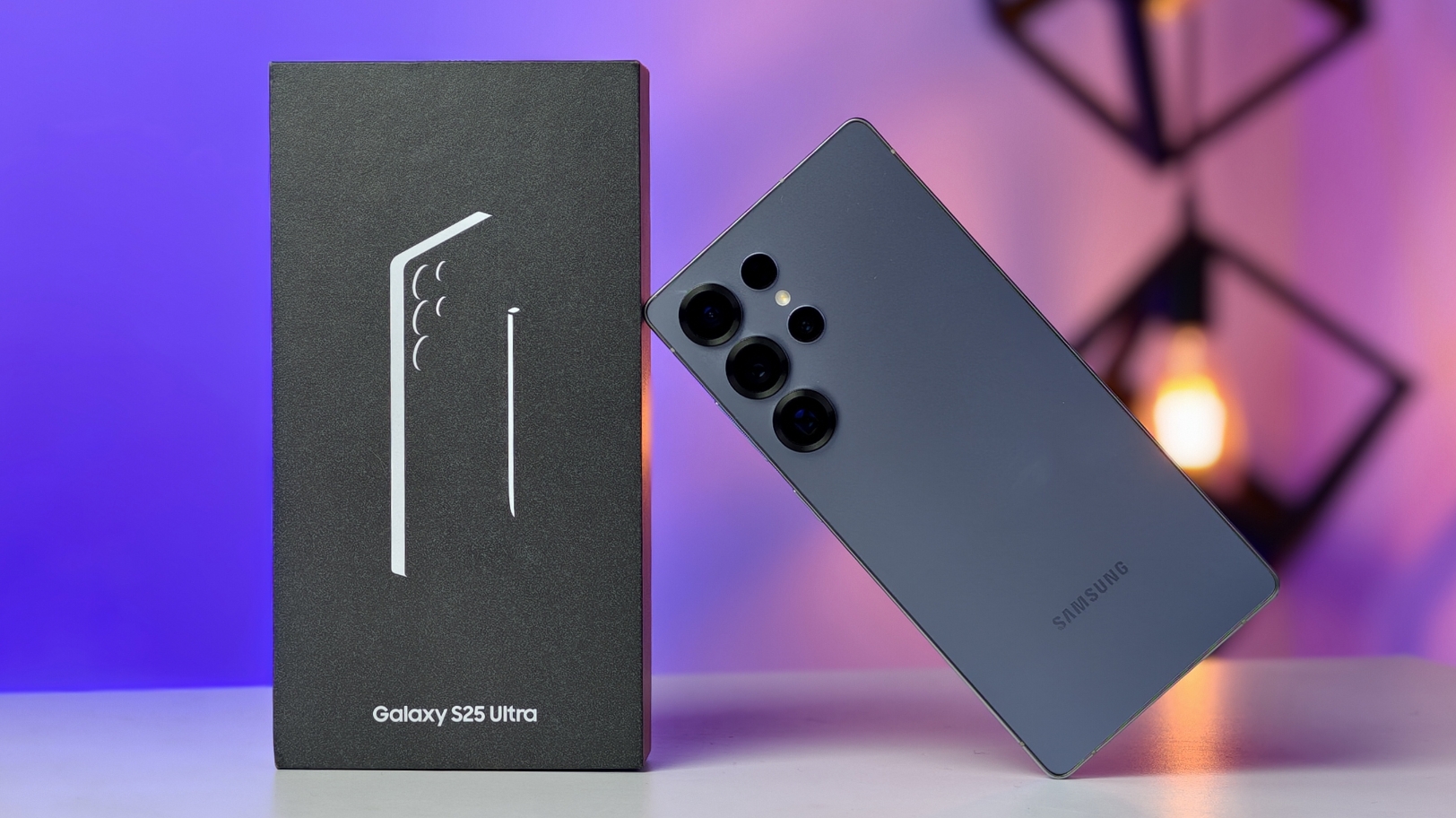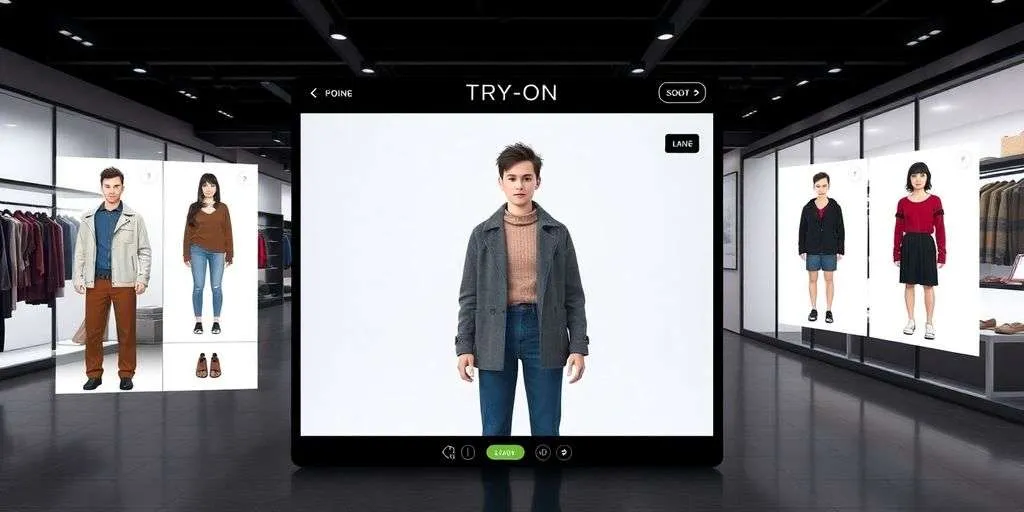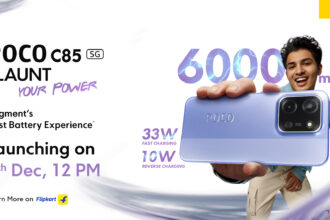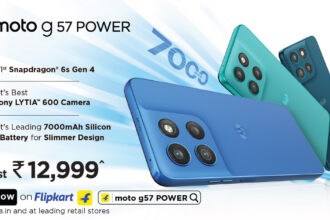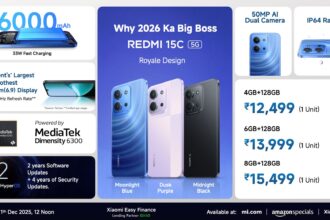Thomson, the electronics brand that’s been gradually making its presence felt in the Indian TV market, has now stepped into the premium space. The company has launched its new Mini LED television lineup, which is now available for purchase on Flipkart. Prices start at ₹61,999 for the 65-inch model, while the larger 75-inch variant is priced at ₹95,999.
Key Takeaways:
- Thomson’s new Mini LED TVs are available in 65-inch and 75-inch sizes.
- Prices start at ₹61,999 for the 65-inch model and ₹95,999 for the 75-inch model.
- The TVs feature Mini QD 4K displays with 540 local dimming zones.
- They support Dolby Vision, HDR10, HLG, and offer a peak brightness of 1500 nits.
- Audio is delivered through a 108W, six-speaker system with Dolby Atmos support.
- The televisions run on Google TV (version 4.0) and include built-in Chromecast and AirPlay.
- Thomson TVs are manufactured in India by Super Plastronics Private Limited (SPPL).
With this move, Thomson seems to be targeting viewers who are looking for top-tier specs without straying into the high-end pricing territory usually dominated by more established premium brands.
The TVs come equipped with Mini QD 4K displays, using Mini LED backlighting which, for those unfamiliar, involves much smaller LEDs compared to traditional setups. This allows for tighter control over light zones; in this case, there are 540 local dimming zones. What that means in practice is better contrast, darker blacks, and generally a more nuanced viewing experience, especially when you’re watching HDR content. The blooming issue that sometimes plagues LED TVs. That gets noticeably reduced here.
On the visual side of things, the TVs support Dolby Vision, HDR10, and HLG, and offer up to 1500 nits of peak brightness. Add to that a contrast ratio of 100,000:1 and support for 1.1 billion colors, and you get a sense of the vibrancy and detail these displays aim to deliver. They also sport a bezel-less metal design, which gives them a sleek, modern feel that should sit well in most living rooms.
Sound hasn’t been left behind either. The TVs are equipped with a 108W six-speaker system, including upward-firing subwoofers that should bring a more cinematic bass. Dolby Atmos and Dolby Digital Plus are also on board, along with customizable sound modes for different types of content—whether you’re watching a film, listening to music, or catching a match.
Under the hood, the TVs run on Google TV (version 4.0), offering a clean and intuitive interface. Personalized recommendations and access to over 10,000 apps, including Netflix, Prime Video, YouTube, JioCinema, SonyLIV, Zee5, and Apple TV, are all part of the package. The remote even has dedicated hotkeys for quicker access to these streaming services.
Connectivity is more or less what you’d expect at this price point, maybe even a bit more. Dual-band Wi-Fi and Bluetooth 5.0 are standard, and you’ll find three HDMI ports (one with ARC and CEC support), two USB ports, and an AUX input. For gamers, features like 120Hz MEMC, Auto Low Latency Mode (ALLM), and Variable Refresh Rate (VRR) help keep things responsive and fluid. Screen mirroring is also easy, thanks to built-in Chromecast and AirPlay support.
An important footnote, but one worth highlighting, is that these Thomson TVs are made in India by Super Plastronics Private Limited (SPPL). SPPL holds the brand license for Thomson in India and has been involved in the local electronics manufacturing space for quite some time. This aligns with the government’s “Make in India” initiative and adds a layer of local relevance to the brand’s push into the premium TV segment.
With this new launch, Thomson appears to be making a calculated bet: offer high-end features at aggressive pricing while keeping production local. Whether this strategy pays off in a fiercely competitive market remains to be seen, but for now, these TVs certainly seem to pack a punch for their price.
Frequently Asked Questions (FAQs)
Q1: What is Mini LED technology?
A1: Mini LED is a display backlighting technology that uses thousands of tiny LED lights, much smaller than those in traditional LED TVs. This allows for more precise control over brightness and contrast through a higher number of local dimming zones, resulting in deeper blacks and brighter highlights.
Q2: What is the difference between Mini LED and QLED TVs?
A2: Mini LED primarily refers to the backlighting technology, which improves contrast and brightness control. QLED (Quantum Dot LED) refers to a layer of quantum dots in the display that enhances color volume and brightness. Many modern high-end TVs, including Thomson’s new models, combine Mini LED backlighting with a Quantum Dot layer (Mini QD) for improved picture quality.
Q3: Are these new Thomson Mini LED TVs suitable for gaming?
A3: Yes, the Thomson Mini LED TVs are suitable for gaming. They include features like a 120Hz refresh rate (with MEMC), Auto Low Latency Mode (ALLM), and Variable Refresh Rate (VRR), all of which help provide a smoother and more responsive gaming experience.
Q4: What operating system do Thomson Mini LED TVs use?
A4: The Thomson Mini LED TVs run on Google TV (version 4.0), which offers a personalized content experience, voice search capabilities, and access to a wide range of apps through the Google Play Store.
Q5: Where can I buy the new Thomson Mini LED TVs?
A5: The new Thomson Mini LED TVs are available for purchase exclusively on Flipkart in India.
